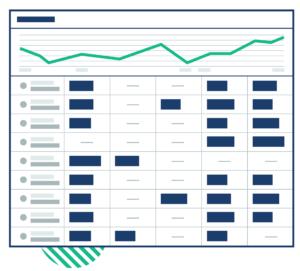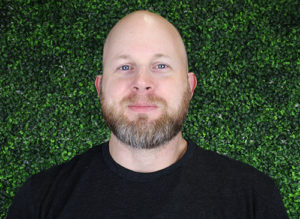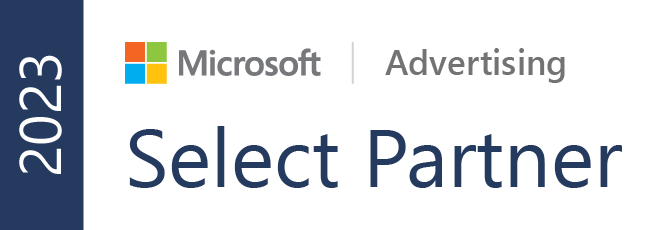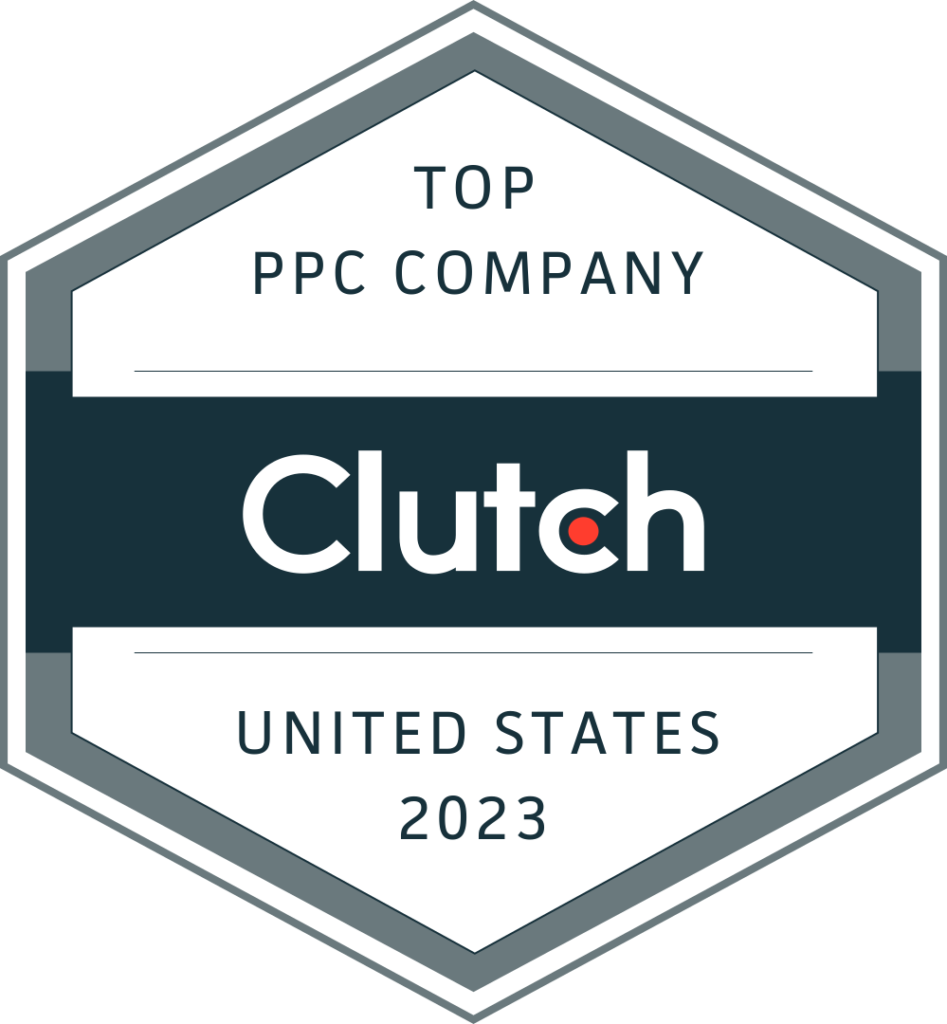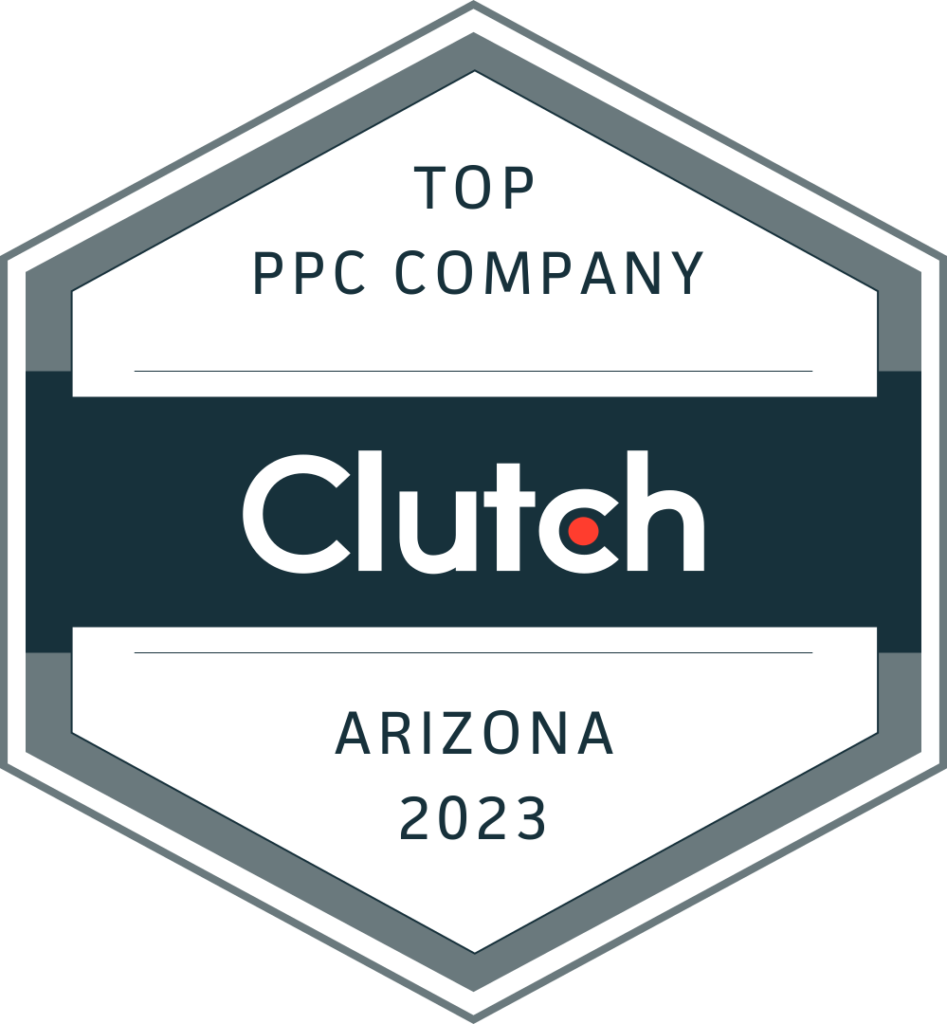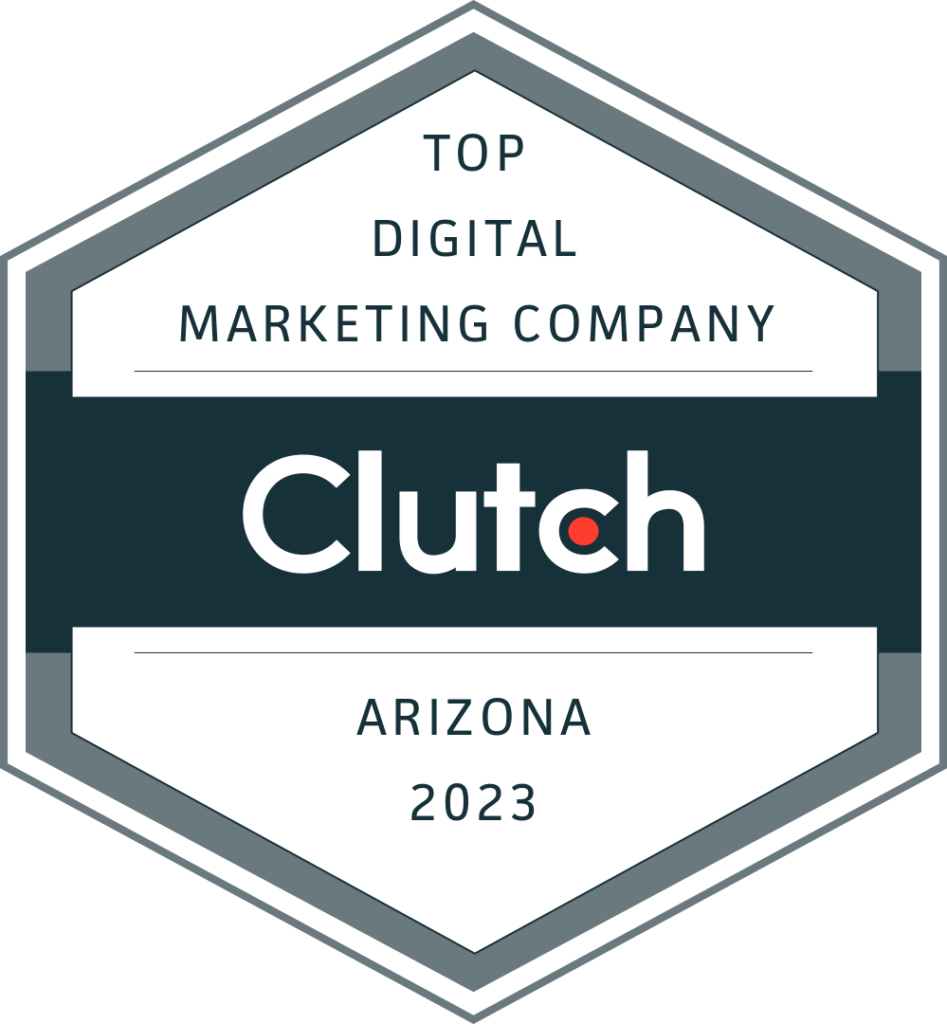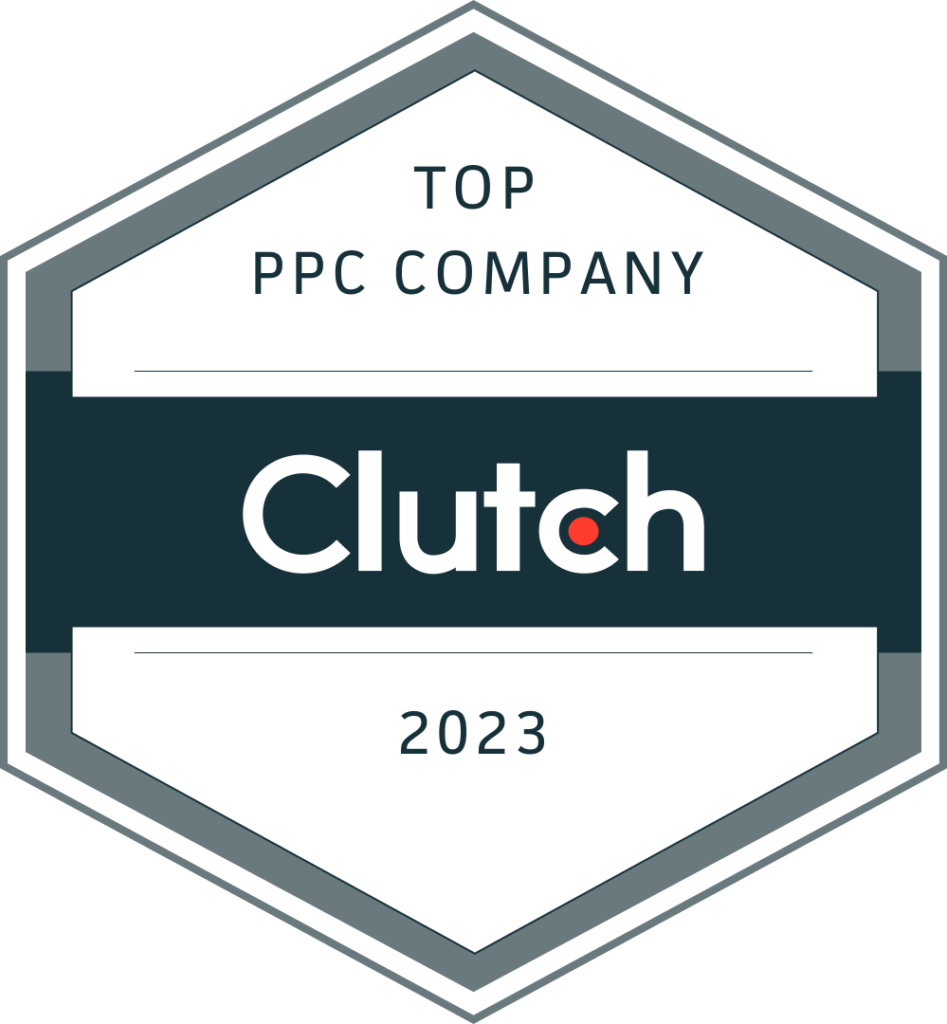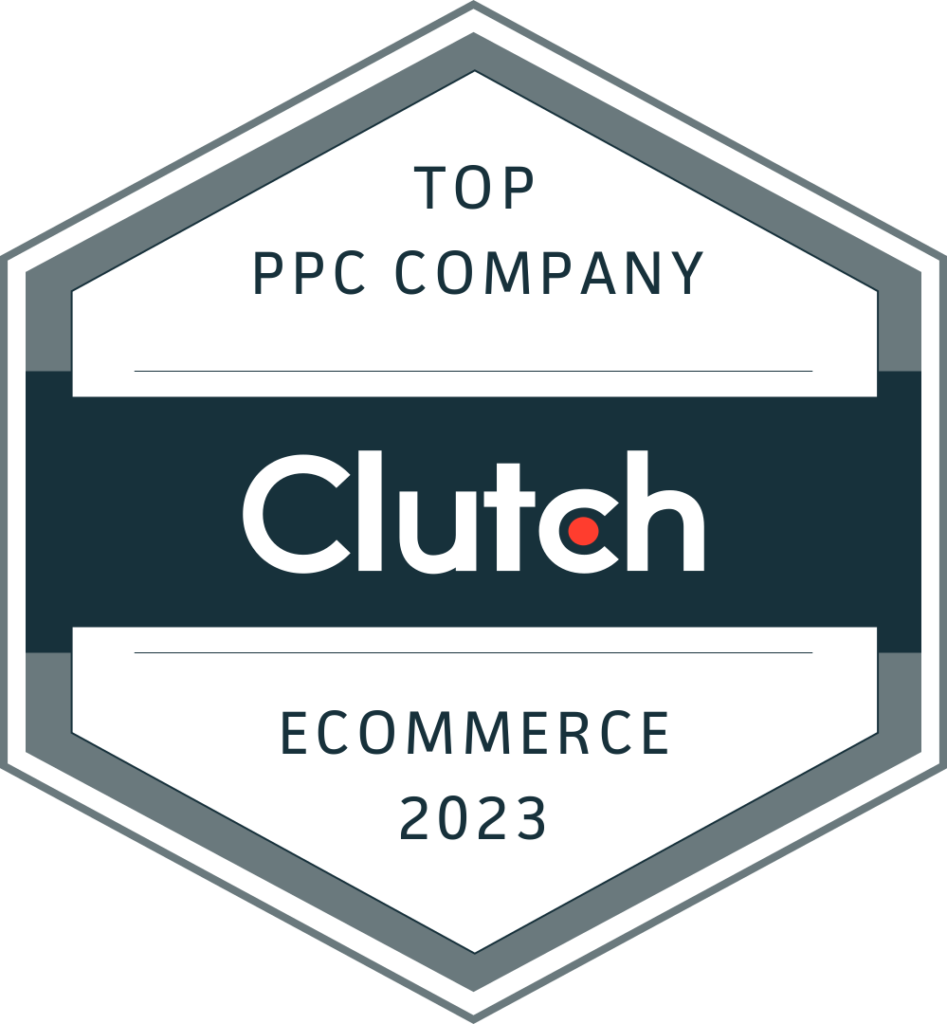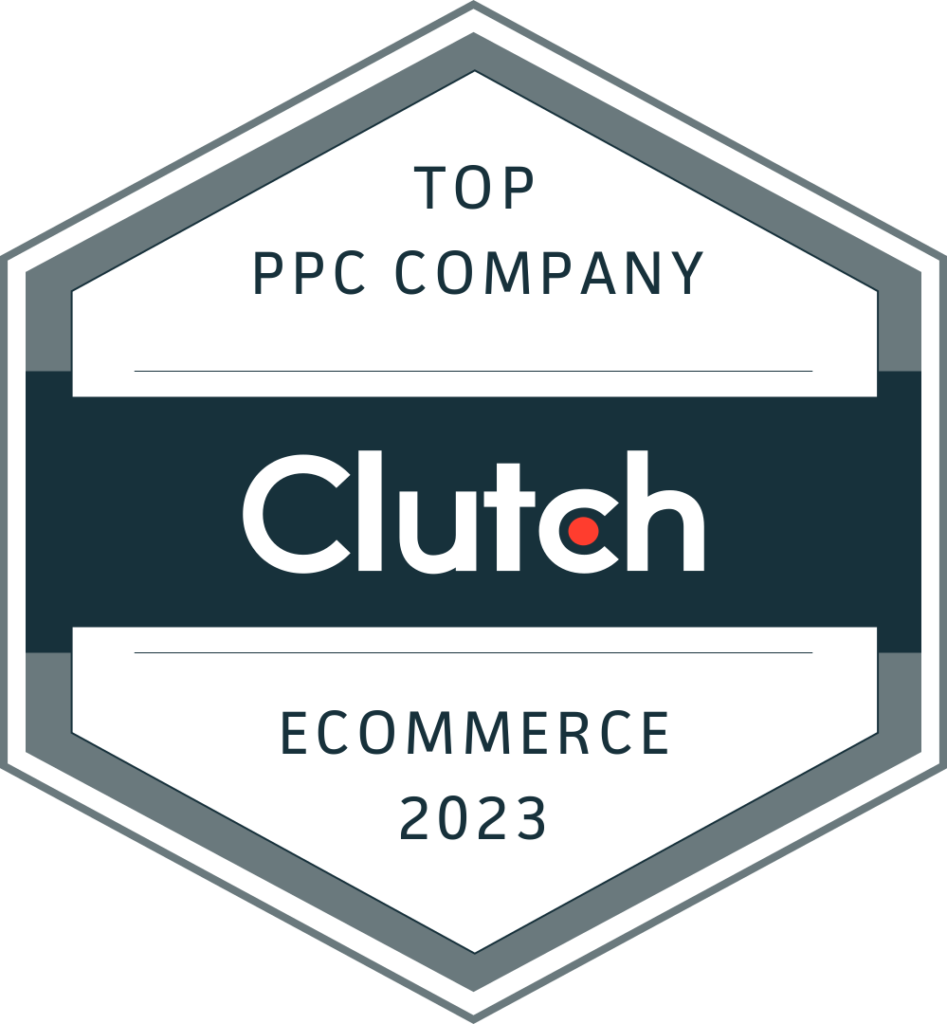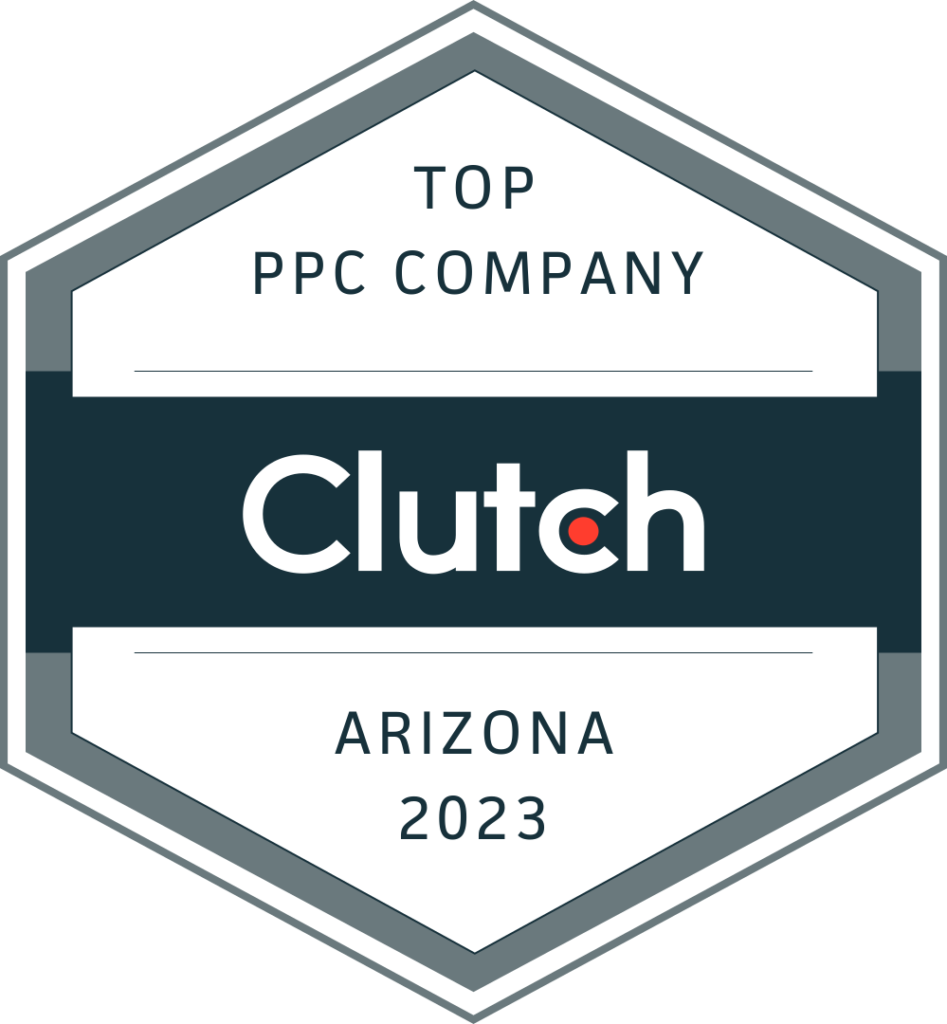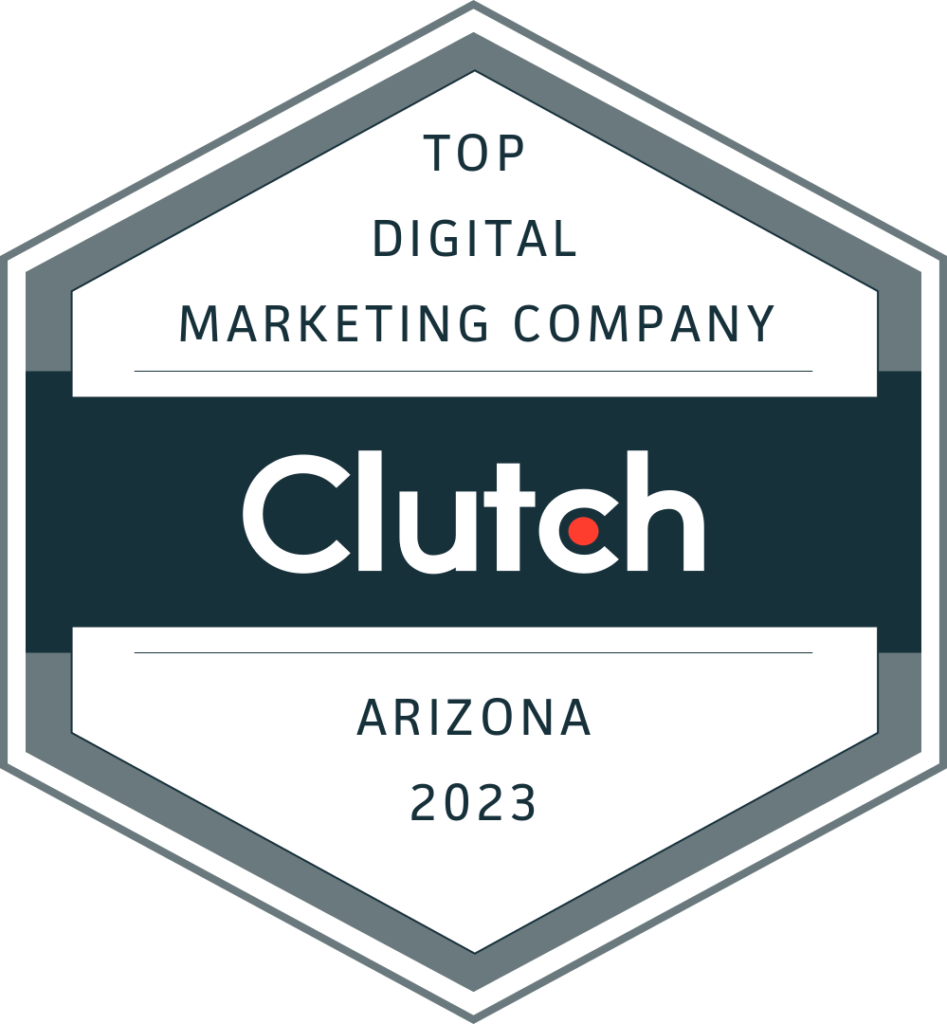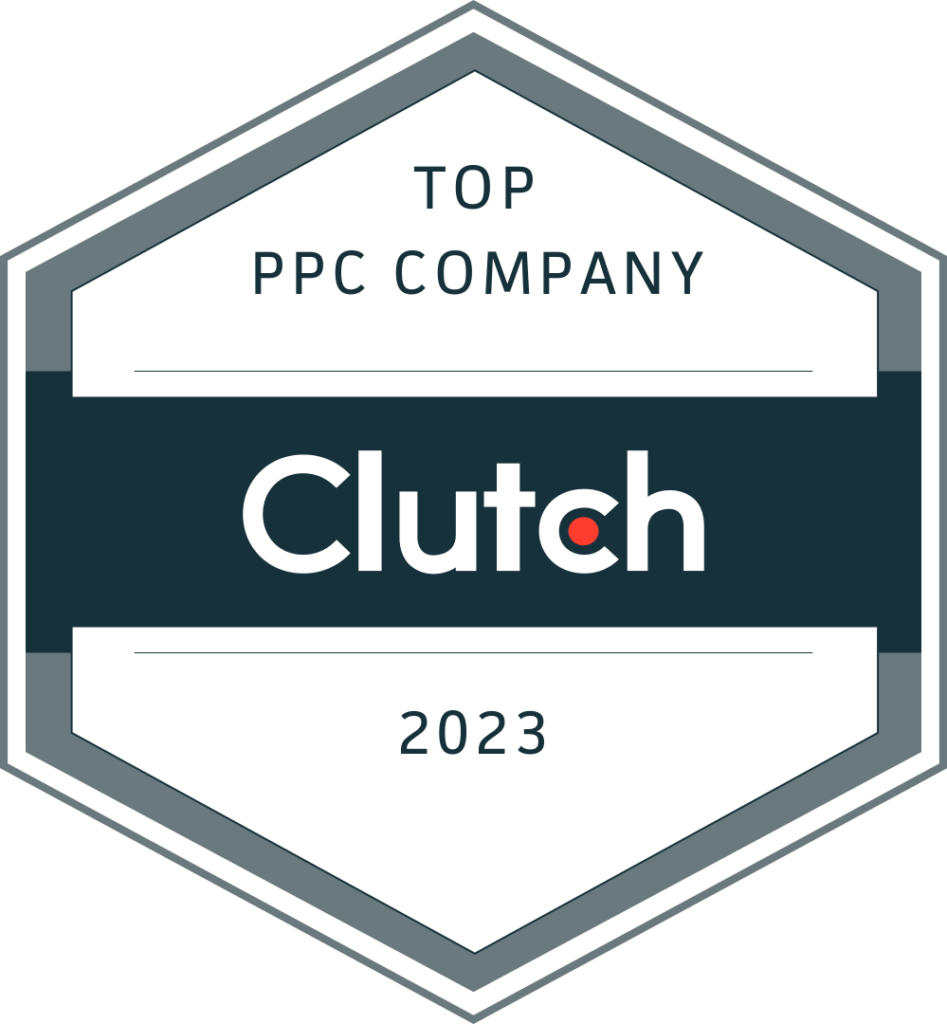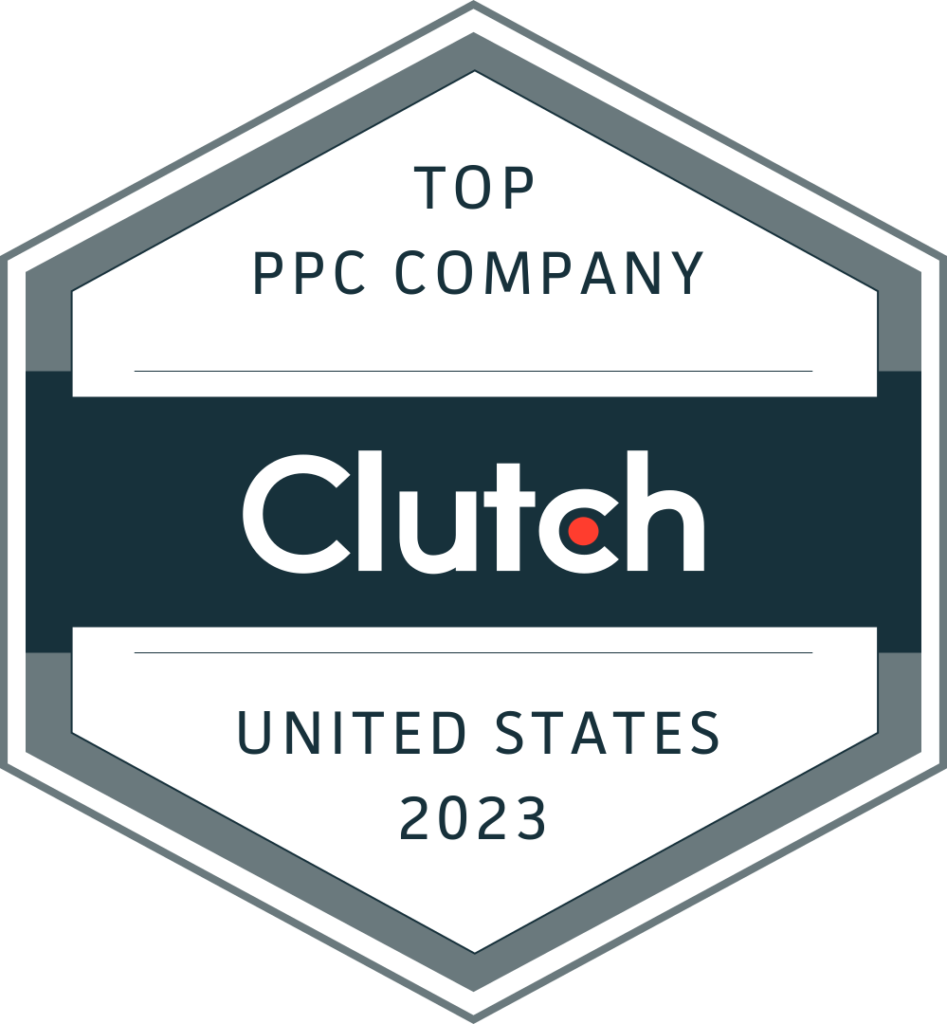
Episode 5
The Myth of Needing High Impression Share to Win at Google Ads
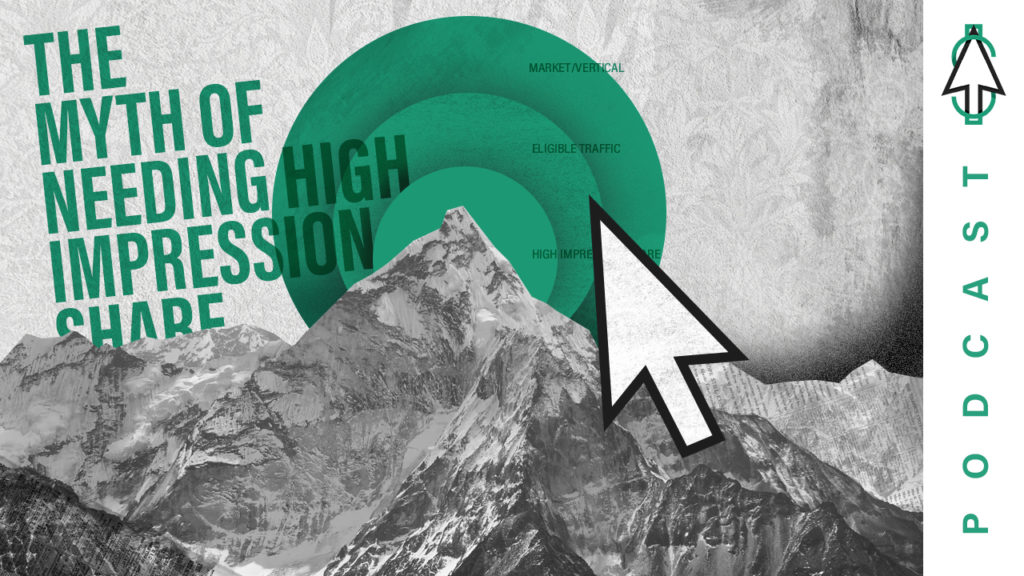
Watch
Hello and welcome back to Paying for Attention today, we’ll be talking about the myth of needing high impresion shares to win over Google ads. Today, we have with us host Keegan Brown, as well as a co-host Andrew Hollington. So let’s go ahead and get things started. For. OK, the myth, the legend, no, just the myth, just just a myth. OK, the myth of needing high impression’s shares to win at Google ads. And Andrew, take it away.
Sure. I’ll jump in there. So so you’re probably all thinking, why is it a myth? Right. And so let’s let’s let’s dove into that first. So why is it a myth that you need high in protein share to win at Google ads? Good question. It’s it’s more about I would say so. So first I would start off with impressions. Share to me is a more of a tool than a metric to be used as an action item.
Right. So in the end it’s all about performance. So impression here, use it as a tool to help with that performance, helped guide that performance, helped guide the decisions you make in the account. But it is not necessarily in all, Bill. We see a lot of clients come to us and say, I want 100 percent impression share on this set of keywords. These are my priority keywords. That’s great. That’s great. But are they performing well at 60 percent?
That’s the question that we need to ask. And would they perform well at 80 percent as opposed to 60 percent? That’s the question that you want to be asking the analyst. Kegan, what are your thoughts on that?
I I agree. And to your point, Andrew, I think if if they’re not performing at 60 percent, they’re not going to perform at 80 percent either. I think that is a I think that’s the true myth is is a lot of people say, well, we don’t we don’t have enough compression shared to for this to be working. That’s not how that works. You know, you’re whether you’re five percent, 10 percent, 50 percent or 90 percent, you have a piece of the pie of impressions share.
And however you’re performing there, if it’s not performing there, going up isn’t going to help. It’ll get you more volume at least or less cost effective rate at best. So so, yeah, I do agree with that though.
And I think it’s just a lot more complicated than a lot of people think. Right. It’s there’s a lot of factors that go into why your impression shares what it’s what it’s at its keyword targeting. Are they branded on brand keywords? What time of day are you searching? You know, and all of that gets factored into that final number. So really, when you’re looking at a date range of a month or more, that number doesn’t really mean a whole lot of anything.
You’re you’re looking at all times a day, all devices, all keywords, you know, if you’re looking at it at the campaign level. Right. So it really just it’s too complicated to boil down into one number. And you really have to think about the specifics.
Yeah, yeah, exactly, I think that’s right and. And as you said, the definition of impression, chair, is the amount of impressions that you are showing, four divided by the amount of impressions that you’re eligible to receive and eligible is an extremely broad term based on the keyword match types that you have the times, a day that you’re eligible to show for the budget that you have available, you know, the goals that you’re targeting. All of those things come into like a factor into how many impressions you’re eligible to receive and.
As soon as you change one of those factors, you change your time of day, you change your budget, you change your your G.O., you are changing your impressions, share the impressions that you’re eligible to to show for so that alone can significantly change your impression. Sheriff, all of a sudden you went from targeting all 49 states besides California and you had an 80 percent impression share. And you add California in your impression, shares going down, especially if you don’t increase budgets.
So, you know, those are are are just, you know, very it’s very tricky, very tricky metric to have. And that’s why it’s important to look at it again as a tool or a supplemental metric rather than a success factor.
Yeah, and I’m glad you brought in key word match type, right, because you could be you could have a broad match keyword in there that that has 100 plus search terms that funnel into that one keyword. Well, obviously, you’re going to have a low impression share on that. It’s just it’s targeting so many different search terms. The there’s so many different intense behind it. You might not want to high impression here for that broad match. He would let your exact match keywords do that.
Isn’t isn’t that what those are for you? Those are your known commodities. Right? Let your broad match keywords out there, prospect for new terms, a longer tail searches, things like that. But let your exact match keywords be the right ones. And then and then to that thinking, think of think of it in the same way with with like Keegan was saying, devices and time of day in and in your target demographics. Right. So think about having a high impression share for what, you know, works and what historically is shown in the account to work and what who’s likely to be a customer of yours.
And that’s where you want to be maximizing your impression. Share.
Yeah, what about competitors, Andrew?
Yes, so competition is is a is a big piece of it, of course. Right. So one of the one of the considerations there is I’m thinking the majority of you don’t out there aren’t listening, aren’t working for a Fortune 500 company or Fortune 100 company. Right. So if that’s not you, there’s probably a competitor out there that has more budget than you. And that’s just the fact of it. That’s that’s Google ads, right? In each industry, in each sub industry and each niche, you’re going to have one competitor that has the highest ad spend budget, you know, out there.
And and it’s likely not you. And if that’s the case, you’re never going to be have maximum pressure. You’re never going to have 100 percent impression. Sure. There’s someone else out there that’s willing to spend more than you.
Yeah, yeah. I mean, it’s it’s it’s the key here is to really find what is cost effective and slowly grow that impression share while staying cost effective and saying profitable and using that impression share metric as a as a tool to to see that growth and make sure that as you increase impression, share is your volume of leads or sales also increasing? Is your cost effectiveness, your return that spend still in the is it still profitable? If not, you don’t need more impressive share.
That’s not going to help. The only time I could see that helping is if you don’t have enough data to to make decisions on. And if that’s the case, I would really look back at what Andrew was talking about earlier. Simplify your keyword target, simplify your hours of day, simplify your your your devices and geos to your core core demographic. The top, you know, five percent of people who are going to pay for your services or products, target them first and then slowly grow as your budget can grow.
But if you’re if you’re if you’re worried about impression share, that’s that’s the wrong thing to be concerned about here.
That’s a really good point, too, and it is it is it is a good tool to use when you’re looking to scale. You know, is there even an impression out there for the keywords I want to scale? You know, if you’re sitting there 80, 85, 90 percent, probably not. Honestly, you don’t really want to go much higher than that. And we’ll talk about that in a second. But really, you know, if you’re sitting if you’re sitting there at 30 percent, 40 percent for for an exact match keyword.
Yeah, OK, you can scale it, but make sure you’re looking at profitability along the way. Cost effectiveness, you know, bidding up is inherently going to increase your cost. Are you looking to increase your conversion rate with it and make sure that you’re staying cost effective? If not, you’re just going to be paying more and trying to scale and losing profitability.
How many clients would you say or not just clients, but people? How many people have trouble with this issue, would you say?
Trouble with this issue in terms of kind of striving for a high impression’s here? Yeah. I would I don’t know, I would say on the lower end, maybe, you know, 30, 40 percent of our clients and and advertisers that we’ve at least spoken to audited their accounts. You know, that they’re concerned about impressions, impression. Yeah.
I would say another common issue around it is not not even I think the law of diminishing returns I just mentioned is is really important here and using impression here as a tool in keyword bidding. So if you’re not using it as a tool and keyword bidding, you’re making a mistake. And here’s why. I think a common issue analysts, analysts have is bidding up on keywords that they have no idea what the impression share is pulling in as a column. Look at it.
If you’re at 85, 90 percent, we actually don’t recommend bidding up there. And and that’s because of this idea of law of diminishing returns. You’re basically maximizing your impression share around 85 percent or 90. It’s different. People will tell you different numbers specifically. But right around there, what you’re doing is you’re just bidding up, telling Google, you know, I’m willing to pay more on this keyword. You’re at that point your impression Shira’s is barely going to tick up and you’re just paying more for no reason at that point?
Yeah, yeah. Especially when you’re looking at things like absolute top impression share things like that. Google for a certain portion of keywords or a certain portion of searches. And it’s different based on the keyword in the industry that you’re here in. But they kind of save a certain portion of searches for things like knowledge, graphs and, you know, more like a Google, my business, those types of things, more or other organic stuff or even just shopping ads.
If your search ad has low impression share, low top, absolute top impression chair could be because Google is already allocating that space for something else. And you bidding up is just telling Google that you’re willing to pay more. We see that a lot of times with in the the health care, if you search a symptom ad sometimes are not going to pop up first. It’s usually a WebMD answer or something like that. Right. And so in your ads, maybe showing at the bottom or on page two and you just start keep bidding up, all you’re doing is paying more.
And that’s unfortunately just just the reality of it.
What about kind of moving forward, this? What are you guys thinking about why you should stop Googling your keywords and asking your agency why you’re not seeing your ads? Do you find that kind of a common issue? Andrew, if we could start with you. Do you find there’s a common issue of people Googling and trying to find themselves in their own ads and Angels in Waiting?
Yeah, it happens all the time. And I’m pretty passionate about this. And and I know I know if you’re listening to this and you found this podcast, you’re probably smart enough to know not to click your own ad. Right. But so so keep in mind, your your your boss doing this and asking you this question and things like this. But I feel very strongly that you should stop Googling your own keywords and telling your agency about it. And here’s why.
And no one is are you actually in your, you know, customer profile? Are you a potential buyer of your own product if you’re B2B? Probably not, honestly. Right. And speaking of B2B, they’re talking about all the factors of of, you know, impression share when you’re showing up in and when you’re not when you’re B2B. Think about weekends. Do you have salespeople that are ready to answer the phone on Saturday or Sunday? If not, think about not showing on Saturdays or Sundays.
Is that wasting your money? You know, studies show that if you pick up the phone within a year, if you get back to a lead and call them back within an hour, you’re going to have a much higher close rate than you know if you wait a day, two days. So think up. Think about that on the weekends. Right.
Yeah, so, I mean, if you’re if you’re doing a search, right, there are so many factors into making your ad show, so time of day, day of week is a big one. Right. Especially if you’re BTB or if you have limited ads, ad targeting based on call centers or if you’re searching at eight o’clock at night. But your budget ran out at six. That’s the reason why you’re not showing if you’re searching from your mobile device and your site doesn’t convert at a high rate on mobile.
Hopefully your agency or your PPC manager has, you know, adjusted mobile bids. So you don’t show as often because it’s not cost effective. And then there’s just so many other things like your search history and what Google thinks of you. Do they think that you’re going to be the person to click on this ad? Have you been to the site 100 times? We might be excluding people who have already BOTTEN or already filled out a form or who have been to the site so many times because you’re probably a current customer that you don’t maybe want to bid on.
There are just too many factors to be thinking about, you know, and doing a search and saying why? Why aren’t we showing? And so, you know, a better question to ask your team or your agency, if you know, is, hey, how is this keyword performing over the last week or last month since we increase bids or says budget changed or and since since this new competitor came in, how is this keyboard performing? And is there room for opportunity to grow that keyword?
Because maybe you have some data that suggests that it’s, you know, important for the business because it generates sales or whatever. Right. Using that as a question is a much better question to ask that an agency or anybody who’s managing your ads can give you a more definitive answer and actually be helpful and impactful for your business rather than just, you know, your CEO on a Sunday morning, you know, searching your keyword and not seeing an ad and getting upset.
That’s that’s a really, really good suggestion, I think, because it’s it’s a really frustrating question to get as an analyst or a PPC manager of why am I not showing up for this keyword? Why am I not number one? Why am I being outranked? Does does that does any of that really matter if the keyword is performing? And so, like Keegan said, phrase it more, as is this, I get the intent behind it. You have priority keywords that you want to make sure you’re showing for.
You want to make sure you have visibility, rephrase it. Do we have visibility on this keyword? Is their opportunity to increase visibility on this keyword. Can we get out in front of more people with this keyword? Can we expand to different geos? Can we expand audiences? Right. So I really like how we phrased that question. You know, how is this keyword or this keyword set performing?
Yeah. All right, well, that comes down to the part of the podcast where we talk about our takeaways, if we could start with you, Keegan, let’s start with you and ask what are let’s start with what’s three takeaways, if you could give us one.
Yeah, I mean, the first takeaway, I think that’s I think we’ve hit on a couple of times here is impression sharing itself is not a priority metric. In almost any case, it shouldn’t be. At least it’s not actually impactful for your business in terms of is it is it impacting the bottom line? It may show opportunity. It may show areas to to make adjustments. But in in itself, it’s not that important to look at. I’d much rather, as a business owner, be looking at your spend, obviously, conversions, revenue, Cosper conversion, conversion rate.
Those are the metrics that actually impacts your bottom line as an advertiser, not impressions here.
I think another good takeaway there is that impression chair can advise what the competition is doing out there, but it’s not necessarily going to be an action item every single time. Right. Looking at Google’s auction and sites and competitor competitive metrics, looking at your impression share versus that of the competition is is good. It’s great to see. It’s I’m not I’m not saying anything bad about it, but not every single time should you say, wow, we need to take action on this.
I need to outrank them 90 percent of the time and said 80 percent. It’s again, look back focus on how is this keyword set performing at on on at what time of the day on what device and and focus on your customer profiles and hitting those people and maximizing visibility for the people that are most likely to buy your products.
Very cool. Thank you guys so much with all this information and we will wrap this one up. We thank everybody for tuning in or watching and we’ll see you next time on Paying for attention.
Listen
Your Shows Hosts
Have a Question?
If you have a question regarding paid media, fill out the form below and we will do our best in answering it in our show.
